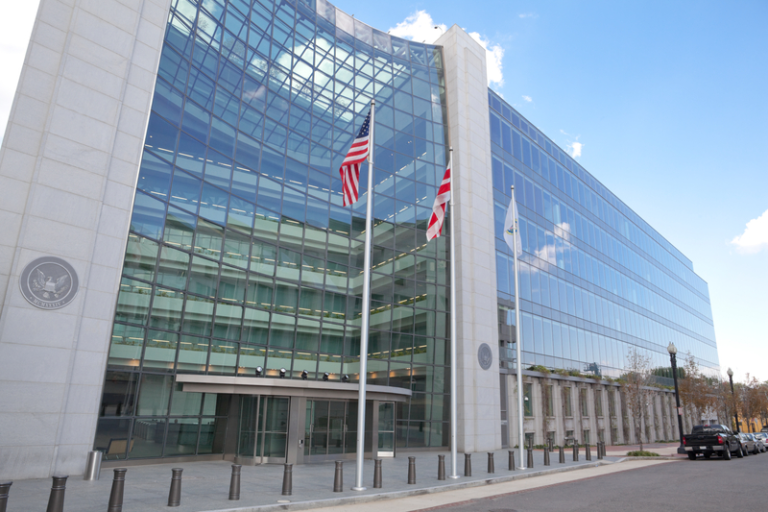Throughout the 2024 election campaign, President Trump positioned himself as a champion of the digital asset industry who would eliminate onerous regulation and make it easier for companies in the space to do business. Just days after he returned to office, the Securities and Exchange Commission (SEC) under the second Trump administration took the first step toward deregulating digital assets.
On Jan. 23, the SEC published Staff Accounting Bulletin No. 122 (opens a new window), which “rescinds the interpretive guidance” included in SAB No. 121 (opens a new window), which was published in March 2022 under the Biden administration.
According to the SEC, SABs “reflect the Commission staff’s views regarding accounting-related disclosure practices. They represent interpretations and policies followed by the Division of Corporation Finance and the Office of the Chief Accountant in administering the disclosure requirements of the federal securities laws.” While SABs are not legally binding, the SEC staff considers them when reviewing companies’ public filings; ignoring their guidance could expose companies to regulatory or civil litigation.
In SAB No. 121, SEC staff directed banks and other companies taking custody of digital assets to treat those assets as liabilities on their balance sheets. The bulletin also required significant disclosures about digital assets in custody, such as the nature and amount of digital assets being safeguarded and information about who holds private keys.
SAB No. 121 created challenges for regulated companies subject to capital and reserve requirements, in addition to requiring judgment in determining if a transaction was within the bulletin’s scope. Because of this added cost and regulatory ambiguity, SAB No. 121 deterred many banks from offering digital asset custody or other services.
The repeal of SAB No. 121 opens the door for banks and other companies to custody digital assets and potentially makes it more attractive to provide other digital asset-related services, such as tokenization. We expect to see companies increasingly consider digital asset custody or relaunch projects they had put on hold since SAB No. 121’s introduction.
While this news is most relevant right now for banks and custodians, it represents a major shift in the accounting treatment of digital assets. This could lead to more digital asset adoption and service offerings by other financial institutions.
As they move forward with these initiatives, it’s vital that banks and other financial institutions carefully manage their risks. Key exposures they should consider include, but are not limited to:
Crime and custody risks. A bank’s existing bond/crime insurance policy may not pick up exposures associated with new digital asset custody offerings. Some crime policies include outright exclusions for digital assets, while others may not include digital assets under the definition of money or property. If existing crime policies do not…
Read More: SEC rescission of SAB No. 121 removes major digital asset hurdle for



